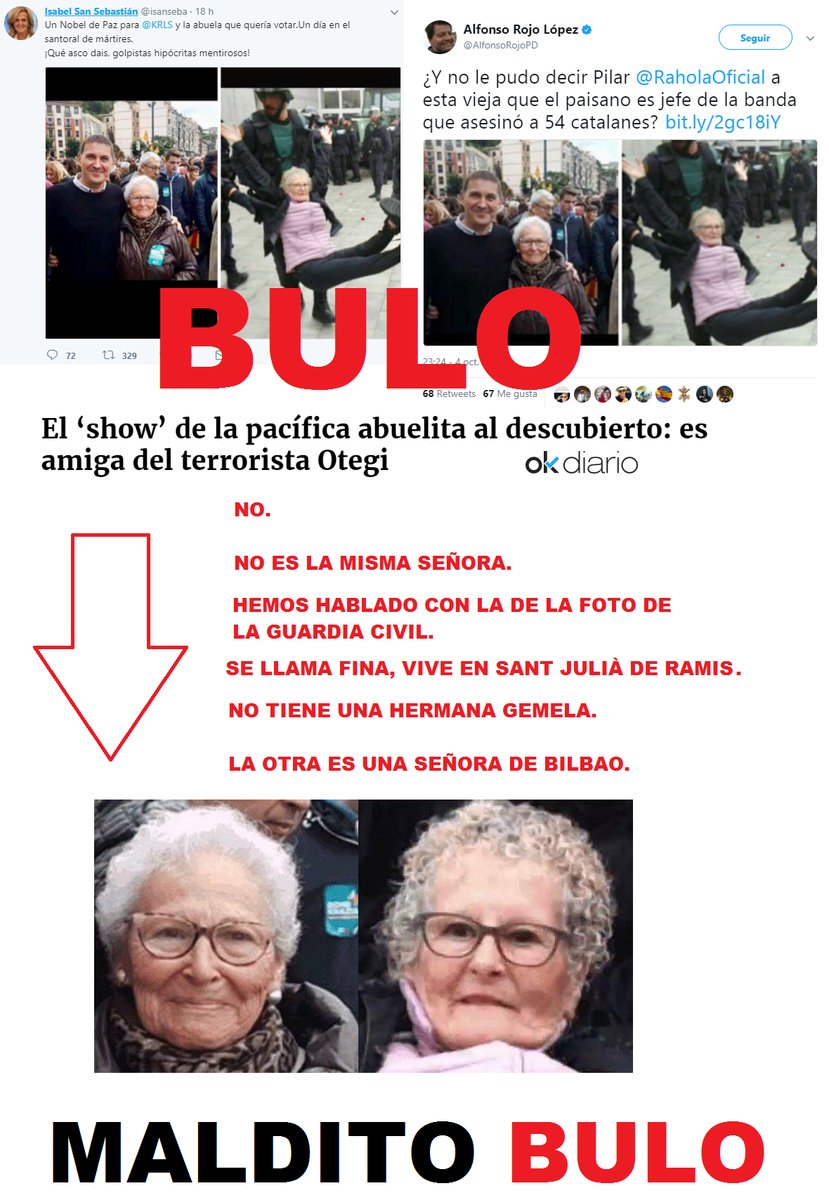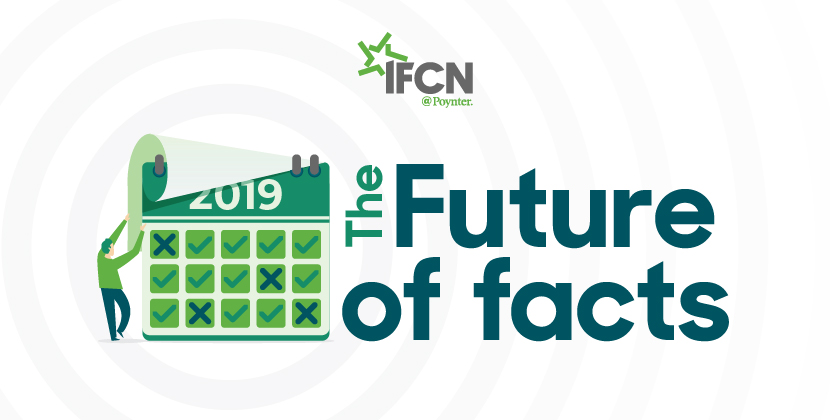If you ask any citizen in the world if they’ve come across disinformation or misinformation in the past year the answer will most probably be “yes.” “More than once.”
If you keep the conversation going, they will tell you that on many occasions such deceiving pieces came in the form of images, videos, memes and screenshots instead of URLs.
If you’re talking to someone that lives in a country that uses messaging apps such as WhatsApp they will most probably tell you that they received them on their cellphones.
These are the three assumptions that we made when we at Maldito Bulo chose our debunking format. The disinformation we were seeing came in visual layouts, adapted to mobile devices and created to reach virality by being light to share and easy to consume.
We decided to copy the “bad guys” in order to fight back. We decided to debunk hoaxes in the same format of the hoaxes that had proven so effective at reaching citizens. We decided to try to make the facts as viral as the lies. And it worked.
To date, the most critical time for disinformation in Spain were the days between the Catalonian consultation of Oct. 1, 2017, and the election that took place two months later — and it was then that we tested our proposition. We posted the results of our fact-checking directly on social media as images that could be easily downloaded and shared. Just like disinformation. We don’t depend financially on advertising so we don’t need our readers to come to our website.
If you’re still a bit skeptical, here is some data.
A woman arrested by police during the demonstrations in Barcelona was being identified as another woman pictured next to a politician imprisoned for belonging to the Basque terrorist group ETA. The two women didn’t even look alike but some prominent public figures tweeted the photos side-by-side identifying them as the same person. The posts reached a cumulative 1,200 retweets. Our debunked image was shared over 8,400 times on Twitter, reached over 287,000 people on Facebook and other media picked it up, calling us for comment on TV and radio broadcasts.
Our format also had a lot of impact when denying that photos allegedly portraying pro-independence protesters injured during the consultation were actually from previous demonstrations against budget cuts. Our debunks reached more than 458,000 people on Facebook and were shared almost 4,000 times.
At the time, we also rated false a claim by Albert Rivera, the leader of Ciudadanos, speaking in Congress. He showed a book that made a reference to the “Catalonian countries” and said it was a textbook used in schools to indoctrinate kids. It was actually an old kids’ encyclopedia published by a media house.
This turned out the most shared debunk in Maldita’s Twitter history: 12,500 retweets, and we recently learned it didn’t stop there. A journalist in Spain obtained access to WhatsApp groups in which this politician’s party communication officers talked about how our fact-check was “hurting” them — and what countermeasures they might take.
While these examples relate to the Catalonian crisis, the lessons have held since. Our debunks continue to do well on Twitter.
One challenge is that while our format is designed with messaging apps in mind, we don’t have a way to evaluate our impact there like we do on Twitter and Facebook. Anecdotally, we know that something is happening because we get new users of our WhatsApp service daily and some of our members send us screenshots of how they share our debunks in their personal conversations.
Throughout the past year, we’ve also learned that the format won’t do it all.
RELATED ARTICLE: Meet the next misinformation format: Fake audio messages
Engaging with our audience is also important and we do so by fact-checking what they are asking for, and not only what we consider editorially meaningful. We also dedicate time to explain how we fact-check.
We’ve also learned to address our community the way we would like to be addressed. We talk more like ordinary users ourselves and less like legacy media. And we’ve realized, by looking at our analytics, that we need to reach younger audiences who are not on Twitter or Facebook. We’re starting to do things on Instagram but we wanted to go further.
It is with that in mind that two months ago we started a collaboration with a satirical show on television, presenting a regular fact-checking segment. It can be a challenge to fit such contents on a satirical show without diminishing the seriousness of fact-checking because of the environment surrounding the segment itself. Overall, this has been worthwhile since we’ve managed to maintain our interventions as journalists protected from the jokes and the laughs: We do the fact-checking and they build the jokes around it.
We set a series of boundaries from the beginning that we knew we didn’t want to cross but we’re evolving within a new environment alien to fact-checking.
We believe that fact-checking can be fun while still being accurate, professional and methodologically sound. And that’s what we’re trying to do.







